Chrysler 2013 Annual Report Download - page 98
Download and view the complete annual report
Please find page 98 of the 2013 Chrysler annual report below. You can navigate through the pages in the report by either clicking on the pages listed below, or by using the keyword search tool below to find specific information within the annual report.-
 1
1 -
 2
2 -
 3
3 -
 4
4 -
 5
5 -
 6
6 -
 7
7 -
 8
8 -
 9
9 -
 10
10 -
 11
11 -
 12
12 -
 13
13 -
 14
14 -
 15
15 -
 16
16 -
 17
17 -
 18
18 -
 19
19 -
 20
20 -
 21
21 -
 22
22 -
 23
23 -
 24
24 -
 25
25 -
 26
26 -
 27
27 -
 28
28 -
 29
29 -
 30
30 -
 31
31 -
 32
32 -
 33
33 -
 34
34 -
 35
35 -
 36
36 -
 37
37 -
 38
38 -
 39
39 -
 40
40 -
 41
41 -
 42
42 -
 43
43 -
 44
44 -
 45
45 -
 46
46 -
 47
47 -
 48
48 -
 49
49 -
 50
50 -
 51
51 -
 52
52 -
 53
53 -
 54
54 -
 55
55 -
 56
56 -
 57
57 -
 58
58 -
 59
59 -
 60
60 -
 61
61 -
 62
62 -
 63
63 -
 64
64 -
 65
65 -
 66
66 -
 67
67 -
 68
68 -
 69
69 -
 70
70 -
 71
71 -
 72
72 -
 73
73 -
 74
74 -
 75
75 -
 76
76 -
 77
77 -
 78
78 -
 79
79 -
 80
80 -
 81
81 -
 82
82 -
 83
83 -
 84
84 -
 85
85 -
 86
86 -
 87
87 -
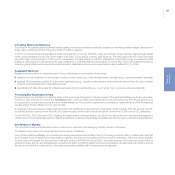 88
88 -
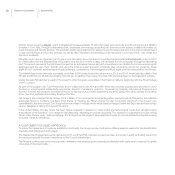 89
89 -
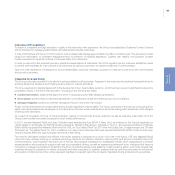 90
90 -
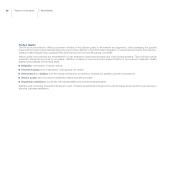 91
91 -
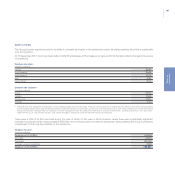 92
92 -
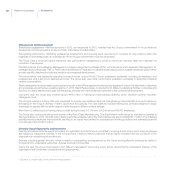 93
93 -
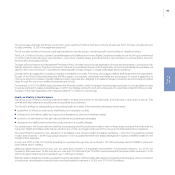 94
94 -
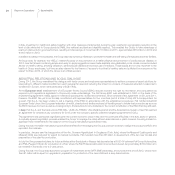 95
95 -
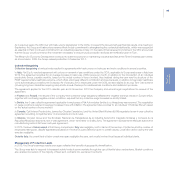 96
96 -
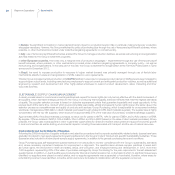 97
97 -
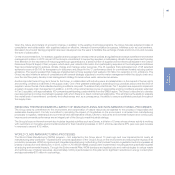 98
98 -
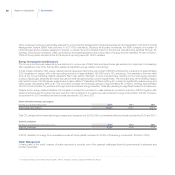 99
99 -
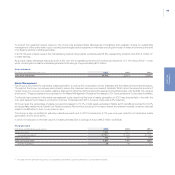 100
100 -
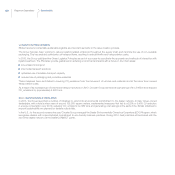 101
101 -
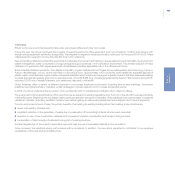 102
102 -
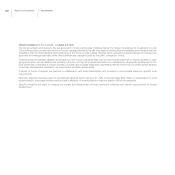 103
103 -
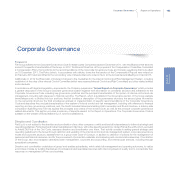 104
104 -
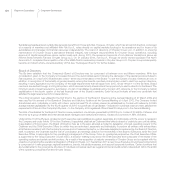 105
105 -
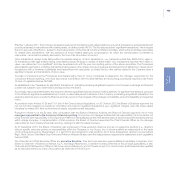 106
106 -
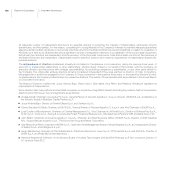 107
107 -
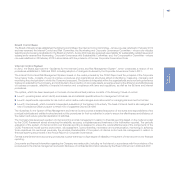 108
108 -
 109
109 -
 110
110 -
 111
111 -
 112
112 -
 113
113 -
 114
114 -
 115
115 -
 116
116 -
 117
117 -
 118
118 -
 119
119 -
 120
120 -
 121
121 -
 122
122 -
 123
123 -
 124
124 -
 125
125 -
 126
126 -
 127
127 -
 128
128 -
 129
129 -
 130
130 -
 131
131 -
 132
132 -
 133
133 -
 134
134 -
 135
135 -
 136
136 -
 137
137 -
 138
138 -
 139
139 -
 140
140 -
 141
141 -
 142
142 -
 143
143 -
 144
144 -
 145
145 -
 146
146 -
 147
147 -
 148
148 -
 149
149 -
 150
150 -
 151
151 -
 152
152 -
 153
153 -
 154
154 -
 155
155 -
 156
156 -
 157
157 -
 158
158 -
 159
159 -
 160
160 -
 161
161 -
 162
162 -
 163
163 -
 164
164 -
 165
165 -
 166
166 -
 167
167 -
 168
168 -
 169
169 -
 170
170 -
 171
171 -
 172
172 -
 173
173 -
 174
174 -
 175
175 -
 176
176 -
 177
177 -
 178
178 -
 179
179 -
 180
180 -
 181
181 -
 182
182 -
 183
183 -
 184
184 -
 185
185 -
 186
186 -
 187
187 -
 188
188 -
 189
189 -
 190
190 -
 191
191 -
 192
192 -
 193
193 -
 194
194 -
 195
195 -
 196
196 -
 197
197 -
 198
198 -
 199
199 -
 200
200 -
 201
201 -
 202
202 -
 203
203 -
 204
204 -
 205
205 -
 206
206 -
 207
207 -
 208
208 -
 209
209 -
 210
210 -
 211
211 -
 212
212 -
 213
213 -
 214
214 -
 215
215 -
 216
216 -
 217
217 -
 218
218 -
 219
219 -
 220
220 -
 221
221 -
 222
222 -
 223
223 -
 224
224 -
 225
225 -
 226
226 -
 227
227 -
 228
228 -
 229
229 -
 230
230 -
 231
231 -
 232
232 -
 233
233 -
 234
234 -
 235
235 -
 236
236 -
 237
237 -
 238
238 -
 239
239 -
 240
240 -
 241
241 -
 242
242 -
 243
243 -
 244
244 -
 245
245 -
 246
246 -
 247
247 -
 248
248 -
 249
249 -
 250
250 -
 251
251 -
 252
252 -
 253
253 -
 254
254 -
 255
255 -
 256
256 -
 257
257 -
 258
258 -
 259
259 -
 260
260 -
 261
261 -
 262
262 -
 263
263 -
 264
264 -
 265
265 -
 266
266 -
 267
267 -
 268
268 -
 269
269 -
 270
270 -
 271
271 -
 272
272 -
 273
273 -
 274
274 -
 275
275 -
 276
276 -
 277
277 -
 278
278 -
 279
279 -
 280
280 -
 281
281 -
 282
282 -
 283
283 -
 284
284 -
 285
285 -
 286
286 -
 287
287 -
 288
288 -
 289
289 -
 290
290 -
 291
291 -
 292
292 -
 293
293 -
 294
294 -
 295
295 -
 296
296 -
 297
297 -
 298
298 -
 299
299 -
 300
300 -
 301
301 -
 302
302 -
 303
303 -
 304
304 -
 305
305 -
 306
306 -
 307
307 -
 308
308 -
 309
309 -
 310
310 -
 311
311 -
 312
312 -
 313
313 -
 314
314 -
 315
315 -
 316
316 -
 317
317 -
 318
318 -
 319
319 -
 320
320 -
 321
321 -
 322
322 -
 323
323 -
 324
324 -
 325
325 -
 326
326 -
 327
327 -
 328
328 -
 329
329 -
 330
330 -
 331
331 -
 332
332 -
 333
333 -
 334
334 -
 335
335 -
 336
336 -
 337
337 -
 338
338 -
 339
339 -
 340
340 -
 341
341 -
 342
342 -
 343
343 -
 344
344 -
 345
345 -
 346
346 -
 347
347 -
 348
348 -
 349
349 -
 350
350 -
 351
351 -
 352
352 -
 353
353 -
 354
354 -
 355
355 -
 356
356 -
 357
357 -
 358
358 -
 359
359 -
 360
360 -
 361
361 -
 362
362 -
 363
363 -
 364
364 -
 365
365 -
 366
366
 |
 |

97
Report on
Operations
Given the nature and intensity of economic change, in addition to the existing monitoring programs, the Group has also adopted models of
consultation and collaboration with suppliers based on effective, interactive communication processes. Initiatives such as local seminars,
discussion forums and training programs have been developed over the years to facilitate the exchange of ideas and know-how and increase
the level of collaboration.
On the environmental front, for example, suppliers are encouraged to develop internal policies and guidelines and adopt a certified environmental
management system. In 2013, as part of the Group’s commitment to supporting suppliers in addressing climate change issues and focusing
their attention on the importance of reducing greenhouse gas emissions, a select number of suppliers were invited to participate in the Carbon
Disclosure Project’s Supply Chain program, which each year collects information from participating suppliers on the strategies and initiatives
they have implemented to address climate change and manage water resources. The 45 suppliers that participated (out of 68 selected)
achieved a score of 68/100 for transparency in disclosure and placed in the ‘C’ performance band for commitment toward reducing carbon
emissions. The results revealed that measures implemented by those suppliers had yielded a 39 million ton reduction in CO2 emissions. The
Group has also initiated a series of consultations with several strategic suppliers to monitor water management within the supply chain and,
over the next few years, develop a risk management strategy for areas where water resources are scarce.
Another important area of long-term focus for the Group, in collaboration with industry peers and stakeholders, is the respect of human rights
and working conditions at all levels in the supply chain. One of the greatest challenges is extending Group practices beyond the first level of
suppliers, where the risk of sub-standard working conditions may exist. To address that potential risk, Tier 1 suppliers are required to implement
a system of supply chain management. In addition, in 2013, a free online training course on responsible working conditions was also extended
to Tier 2 suppliers, with approximately 100 companies participating, predominantly from the EMEA region. The Group’s objective is to develop
new approaches to involve downstream suppliers with which there is no direct contractual relationship. This will improve the ability to evaluate
the overall level of commitment, conformity and effectiveness and, as a consequence, the ability to ensure sustainable practices throughout
the supply chain.
REDUCING THE ENVIRONMENTAL IMPACT OF MANUFACTURING AND NON-MANUFACTURING PROCESSES
The Group sees its commitment to the environment and conservation of natural resources as essential to the process of responsible and
sustainable development. It is fully committed to minimizing the impact of its activities on the environment in all areas from manufacturing
processes to logistics, dealerships and commercial and administrative offices. Efforts to reduce its environmental footprint and continuously
improve environmental performance are an integral part of the Group’s overall industrial strategy.
The Group’s focus on the environment also includes targeted activities such as eComau, a division of Comau whose primary activity is working
with customers on innovative environmental solutions for their industrial processes. In 2013, eComau reported a 67% year-over-year increase
in revenues to around €1.5 million.
WORLD CLASS MANUFACTURING PROCESSES
The World Class Manufacturing (WCM) program – first adopted by the Group about 10 years ago and now implemented at nearly all
manufacturing sites worldwide – represents the concrete application of the Group’s focus on the environment and reducing the impacts of its
production processes. WCM is a rigorous and integrated manufacturing methodology that involves the entire organization and encompasses all
phases of production and distribution. In 2013, some 41,700 WCM-related projects were implemented, including several specifically targeted
at reducing environmental impacts. Through the Environmental Pillar, WCM develops and applies tools and methodologies to reduce waste
and optimize use of natural resources. Approximately 3,000 projects based on this pillar led to significant reductions in energy consumption
and approximately €70 million in cost savings.
